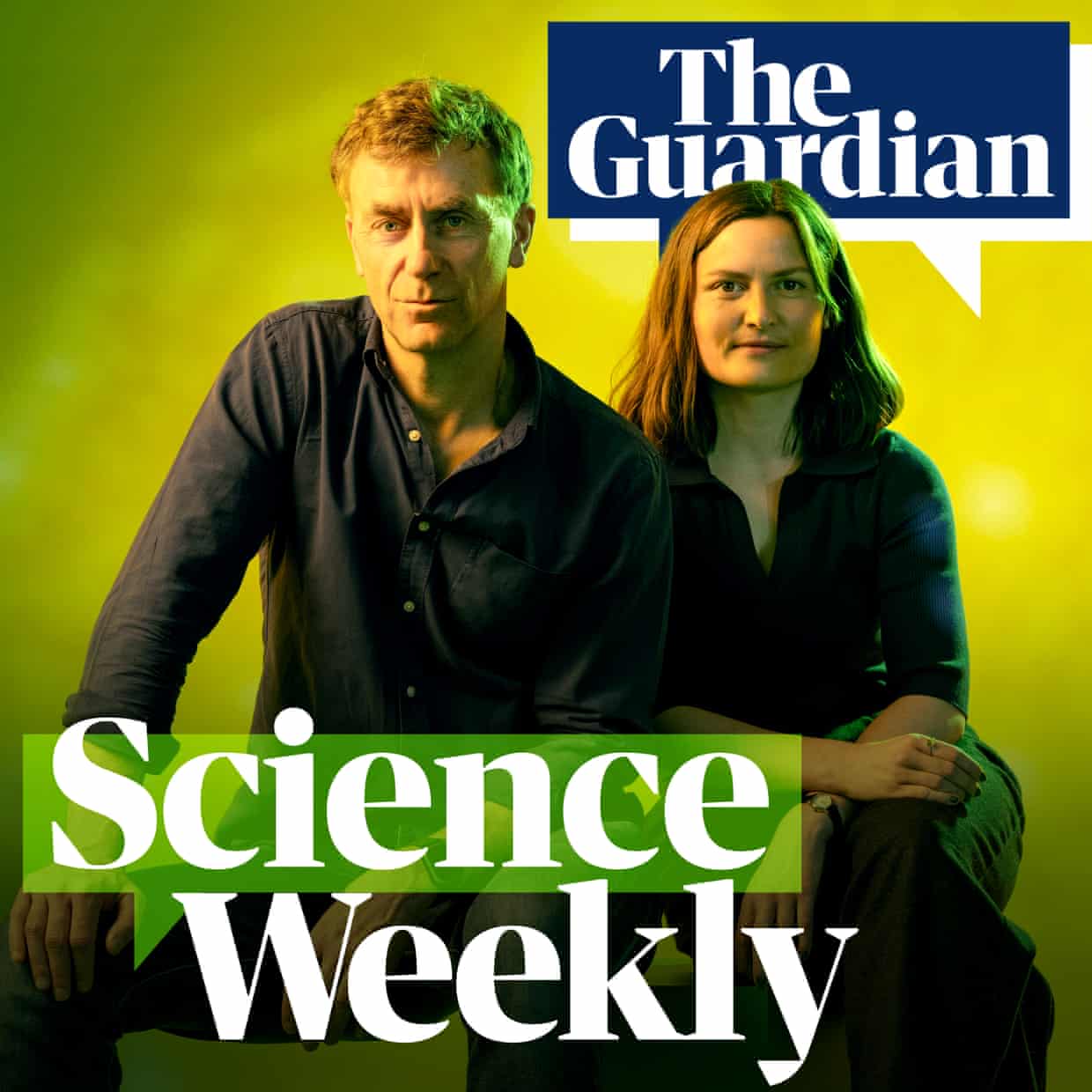Research has revealed that human aging occurs in two significant bursts, primarily around the ages of 44 and 60. This finding, published in a recent podcast by The Guardian, suggests that these age milestones may be critical in understanding how we experience the aging process. The insights could lead to new approaches for managing health and wellbeing as people navigate these pivotal years.
The study highlights the physiological changes that occur during these bursts, which may be linked to various health risks as individuals age. Scientists have observed that many people experience a notable decline in physical and mental health around these ages. Specifically, issues such as cardiovascular problems, cognitive decline, and other age-related conditions tend to surface more prominently during these periods.
Understanding the Age Milestones
The research indicates that the first burst of aging, occurring at 44 years old, often aligns with significant life changes, including career transitions and shifts in family dynamics. These factors can contribute to stress, which impacts overall health. The second burst at 60 is often associated with retirement and the onset of more pronounced age-related health issues.
Dr. James Smith, a leading researcher in the field, explains that understanding these age markers is crucial. He stated, “Recognizing the specific ages at which people may face increased health risks allows for targeted interventions that can improve quality of life.” This perspective stresses the importance of proactive health measures and lifestyle adjustments.
The findings also emphasize the role of genetics and lifestyle in how individuals age. For instance, those who maintain a healthy lifestyle, including regular exercise and a balanced diet, may mitigate some of the negative effects associated with these age milestones. The research suggests that public health initiatives should focus on these critical ages to promote healthier aging.
Implications for Health and Wellbeing
As the global population continues to age, understanding these patterns becomes increasingly important. The implications of this research extend beyond individual health to encompass broader public health strategies. Policymakers and health organizations can utilize these findings to develop programs aimed at supporting individuals during these critical transitions.
Future studies may explore more deeply the biological mechanisms that drive these bursts of aging. By identifying the underlying processes, researchers hope to develop interventions that could delay or even reverse some aspects of aging.
In conclusion, the discovery of aging bursts at 44 and 60 years old provides a valuable framework for understanding human health as we age. By focusing on these critical periods, individuals and health professionals can better prepare for the challenges and opportunities that come with aging. The findings underscore the importance of a proactive approach to health, which can lead to improved outcomes and a better quality of life in later years.































